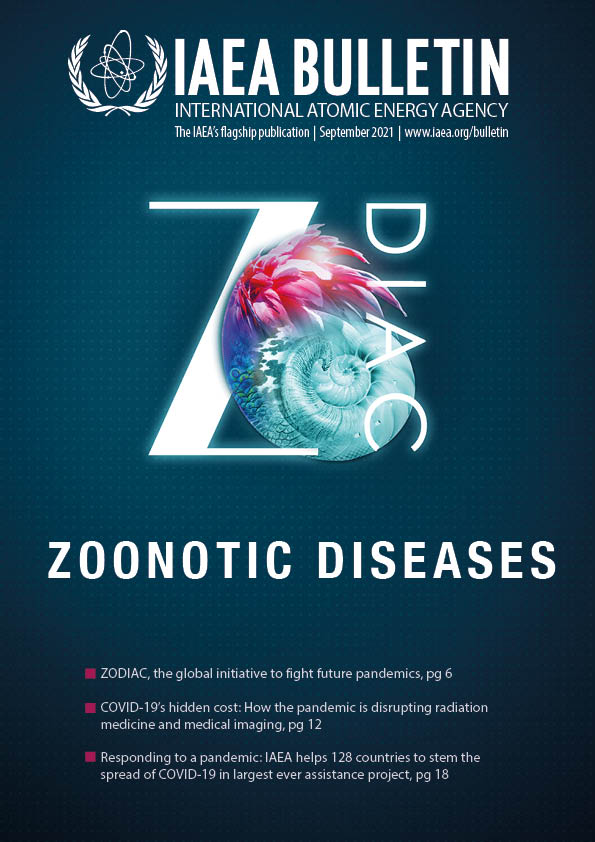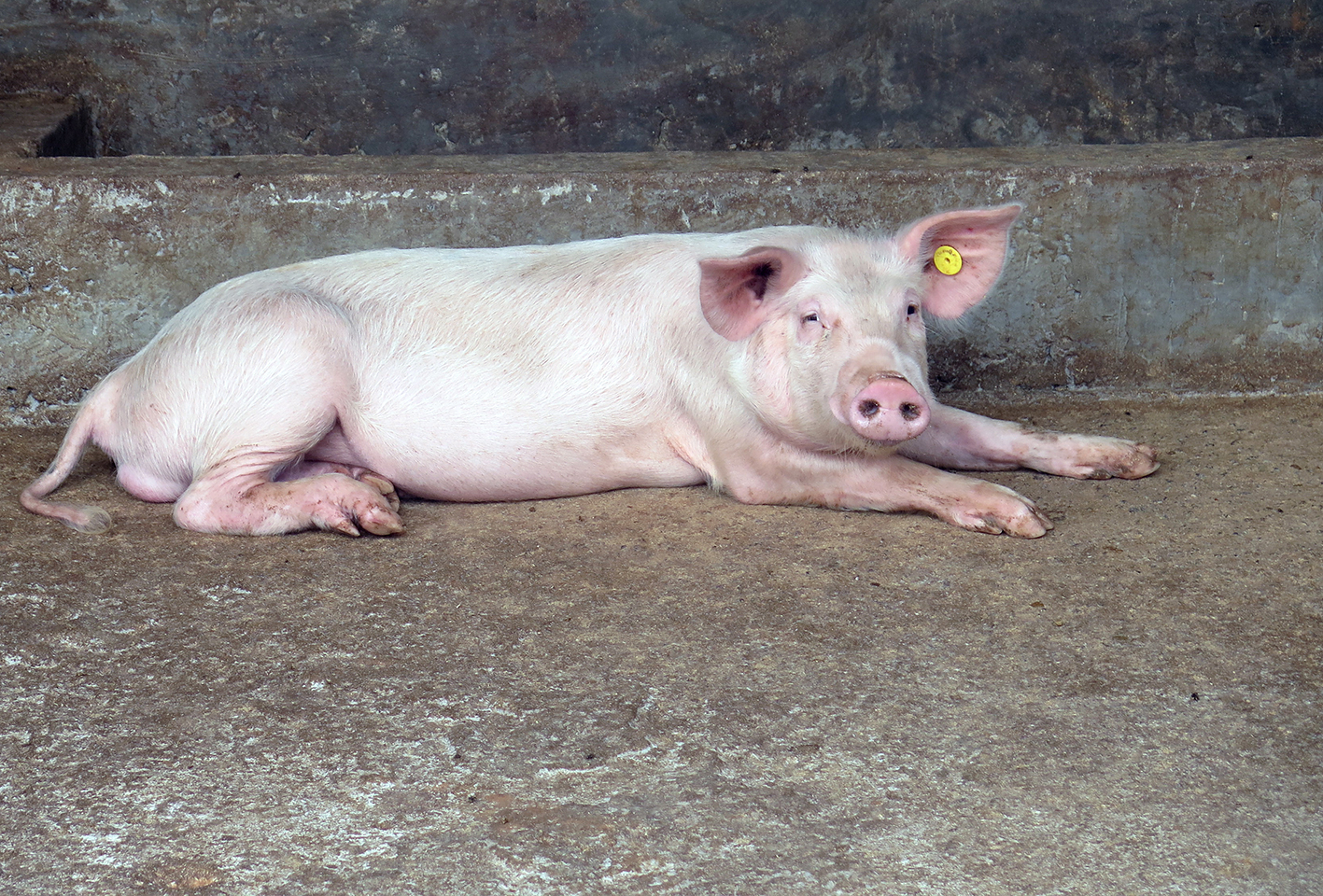For many, looking back at 2018 might bring back memories of South Korea’s Winter Olympic Games or the British royal wedding of Prince Harry and Meghan Markle, but for pig farmers in China, the year was marked by a single event: the arrival of African swine fever (ASF). That year, the disease — once endemic to only sub-Saharan Africa — broke out among Chinese piggeries, resulting in the death or culling of over a quarter of the world’s domestic pig population. A year after its appearance, ASF was estimated to have directly cost China over a trillion yuan (US $141 billion) according to the dean of the College of Animal Science and Technology at China Agricultural University in Beijing, and caused the country’s pork prices to spike by 85 per cent.
While China, the world’s second largest economy, has been able to weather the ongoing ASF outbreak, not all countries are able to do so. The IAEA, in collaboration with the Food and Agriculture Organization of the United Nations (FAO), is working closely with China, as well as with Cambodia, Indonesia, Malaysia, Mongolia, Myanmar, Thailand and Viet Nam in Asia, and Burkina Faso, Mali, Namibia, Nigeria and Senegal in Africa, in using nuclear techniques to create early detection mechanisms for ASF and to control its spread — saving pigs and farmers’ livelihoods.
“If we can limit the spread of this disease, we can limit the culling of disease-ridden pigs, which has a huge negative economic impact on countries that rely heavily on livestock production and trade,” said Charles Euloge Lamien, Technical Animal Health Officer at the Joint FAO/IAEA Centre of Nuclear Techniques in Food and Agriculture. For the past 15 years, he’s been training experts to sample and accurately detect ASF in their countries.
In China, pork is a primary ingredient for traditional cuisine, and the rise in pork prices has led some consumers to seek cheaper alternatives in wild animals. In wet markets where these are sold, unknown animal diseases could jump from animals to humans. “Bringing ASF under control would also reduce the number of consumers resorting to eating wild animals, which are a haven for zoonotic diseases,” Lamien said.
ASF, a disease caused by the ASF virus (ASFV), originated in wild pigs but has since been transmitted to domestic ones. Secondary sources of transmission include ticks, contaminated meat products and slaughtered products. Although ASF is not a zoonotic disease, around 70 per cent of infectious diseases are, making stopping the spread of potential zoonoses an even higher priority.

